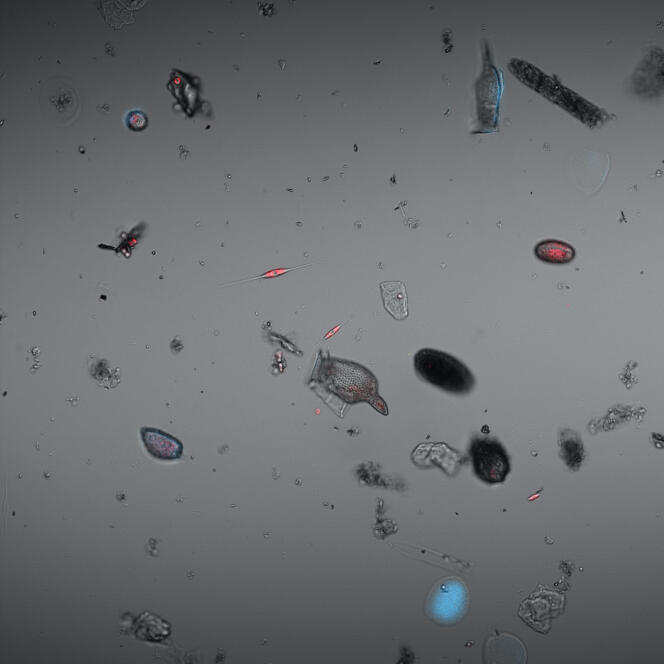


Twice a day, the Institute of Marine Sciences' (ICM) Zodiac boat left Barcelona's Olympic port and headed out to sea, with three scientists on board. The boat pulled up around one kilometer from the shore, where it has come to take plankton samples from a depth of around 20 meters below the surface. These are the subjects of a study by the Traversing European Coastlines (TREC) expedition, a fundamental research expedition run under the auspices of the European Molecular Biology Laboratory (EMBL), which aims to establish an atlas of the living organisms that float off of Europe's coastlines.
This is the first time that such an initiative has been undertaken on this scale. For its first campaign, in 2023, the TREC expedition set out from Roscoff, in the French region of Brittany, and scoured the English Channel, the Baltic, the North Sea and the Atlantic; traveling along the coasts of France, Spain and Portugal – as far as Gibraltar – and bringing back a total of over 32,000 samples. The 2024 campaign is focused on the Mediterranean, and kicked off in early March in Spain's southern Andalusia region. It is currently making a stopover in Catalonia, before heading for the Gulf of Lion, Italy, Croatia and Greece. Over the two years of the expedition, 120 marine sites will have been explored.
From the Zodiac, extremely fine-meshed nets – approximately 10 micrometers in mesh size – were thrown into the water. They are shaped like 2-meter-long cones, ending in a canister – a cylindrical box where plankton accumulate. As they drift, they catch a multitude of organisms, microalgae and tiny animals invisible to the naked eye. After five minutes, the scientists would haul up their nets and sift through the plankton to retain only the smallest living organisms, which were then bottled. The samples were then immediately placed in a cooler. The aim was to move quickly, and not disturb the plankton in any way until they were brought back to shore.
"We're interested in all organisms, but especially phytoplankton, which generate half of the oxygen we breathe," explained Yannick Schwab, head of the electron microscopy department at EMBL. "The aim of this study is to understand coastal biodiversity throughout Europe, and to measure how it is affected by human activity," he added. By stopping off at key locations to study the interactions between plankton and human activity; according to different ecological factors such as geography, temperature or salinity, as well as pollutants present in the sea – pesticides, fungicides, antibiotics in particular – the TREC expedition has hoped to raise public awareness of the risks to marine ecosystems.
You have 49.85% of this article left to read. The rest is for subscribers only.
